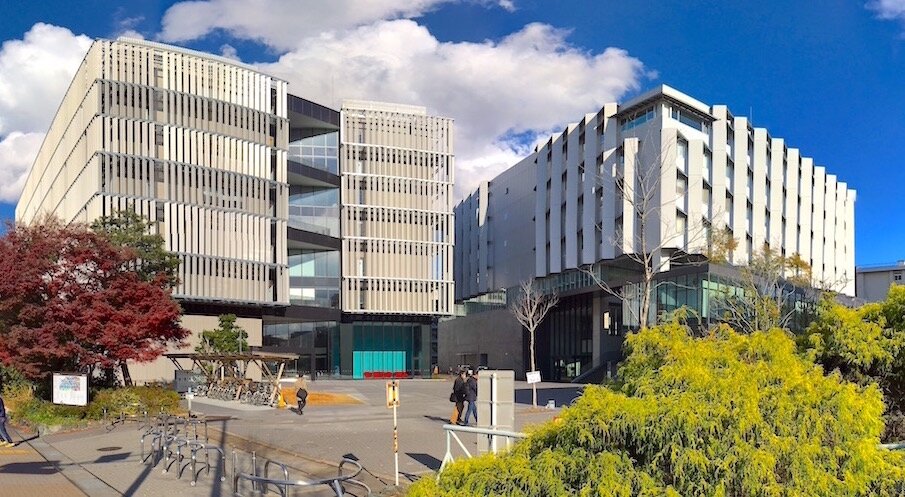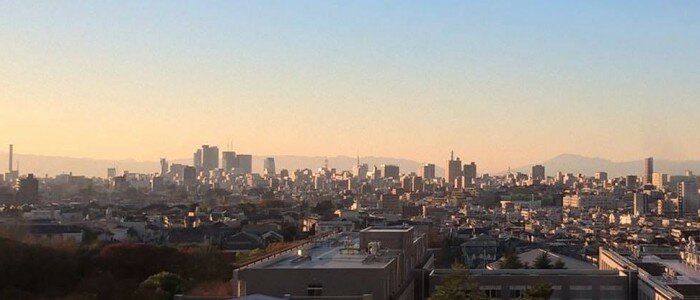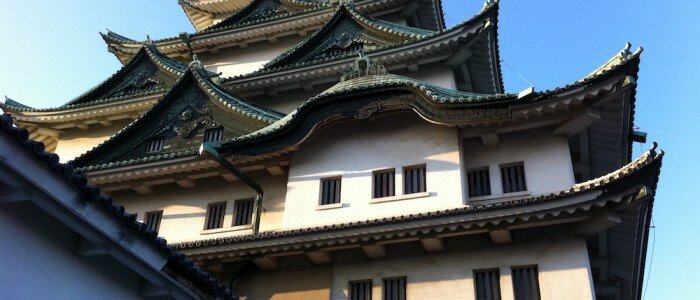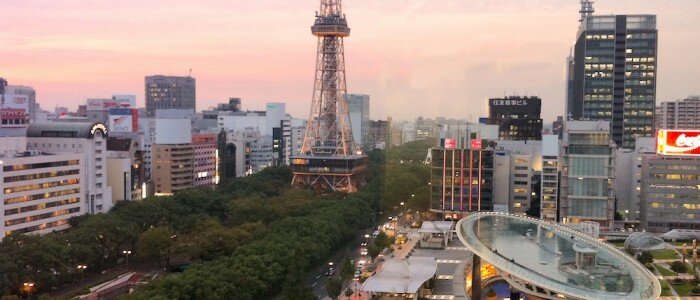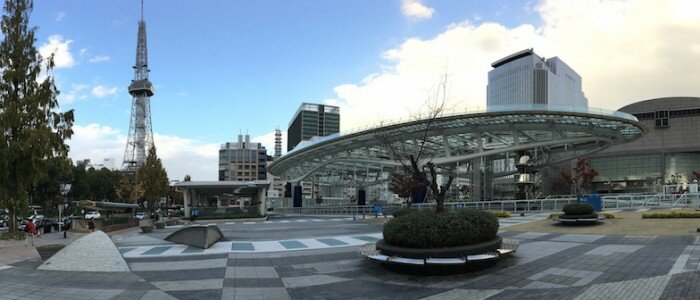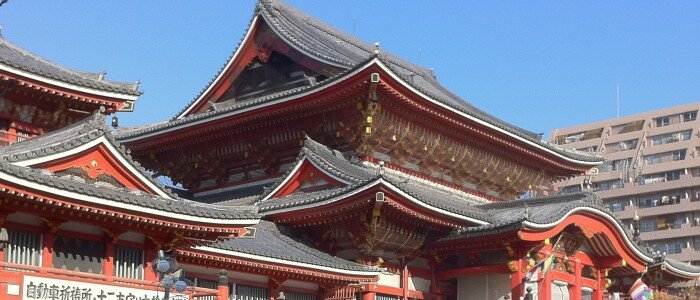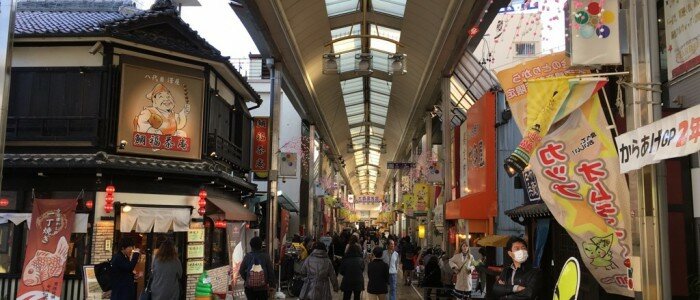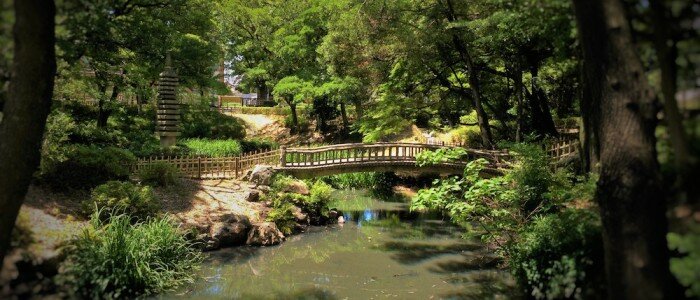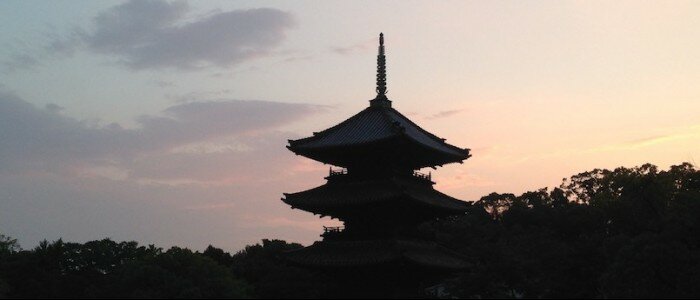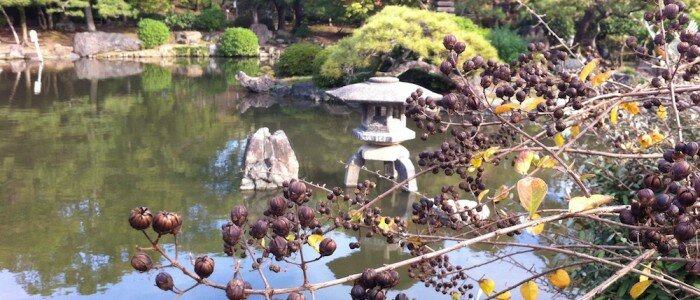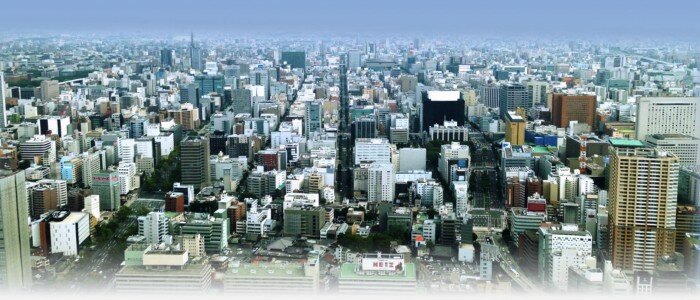The Joint Socio-Economic Metabolism conference and Asia-Pacific conference of the International Society for Industrial Ecology will be held in Nagoya University, Japan, 28-30 September 2016.
News
The abstract submission period has been extended until the 31st of March!
View the call for abstracts, read the guidelines and submit your abstract:
Information regarding registration and attendance fees has been added to the website.
Important Dates
Abstract submission period: extended until 31 March, 2016
Abstract acceptance notice: 16 May, 2016
Early-bird registration period: 16 May – 16 June, 2016
Regular registration period: from 17 June, 2016
Students program: 27 September, 2016
Main conference dates: 28-30 September, 2016
Extra excursions: 27 and 31 September, 2016
Website updates
New content on the following pages:
From the conference chair
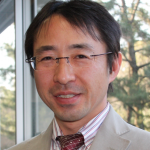 On behalf of the ISIE SEM-AP 2016 organizing committee, I’m honored and delighted to invite you to the Joint conference of the International Society for Industrial Ecology (ISIE) 12th Socio-Economic Metabolism section conference and 5th Asia-Pacific conference at Nagoya University, Nagoya, Japan.
On behalf of the ISIE SEM-AP 2016 organizing committee, I’m honored and delighted to invite you to the Joint conference of the International Society for Industrial Ecology (ISIE) 12th Socio-Economic Metabolism section conference and 5th Asia-Pacific conference at Nagoya University, Nagoya, Japan.
The ISIE Socio-Economic Metabolism (SEM) section, originally known as the “ConAccount meeting” has been, since it was founded in 1996, the world’s largest community of researchers focusing on material flow analysis for sustainability assessment.
The ISIE Asia-Pacific (AP) conference focuses on promoting and strengthening ISIE activities in this region, as the Industrial Ecology approach is now very important in the fast-developing Asia-Pacific region.
As the Conference Chair of ISIE SEM-AP 2016, I hope the joint conference will provide us all with a platform to explore ideas of industrial ecology with the added synergy of SEM and AP. Low-carbonization, Resource Efficiency, and Circular Economy are hot keywords in environmental policy; the ISIE has been dealing with these topics for a long time, and I trust our joint conference will provide new academic findings around industrial ecology concepts such as Material Flow Analysis and Industrial Symbiosis.
Nagoya city and its surrounding area are the heart of Japanese manufacturing, including the Toyota Motor Corporation, Aisin, Denso, Makita, Brother, and many other companies. Nagoya University plays a major role in the region, supporting and advancing industry with its research and with its graduates leading these companies, making it the perfect venue for our conference dealing with industry, environment, and globalism. Furthermore, during the Samurai era Nagoya was one of Japan’s Shogun family cities, and there is a Samurai castle and historical area in the city center. I guarantee you will find many interesting places in our region.
I hope you will find the conference and your stay in Nagoya both valuable and enjoyable.
Hiroki Tanikawa
ISIE SEM-AP 2016 Conference Chair
The Tanikawa research group homepage and Facebook.
About Nagoya
Nagoya (pop. 2 million) is the center of Japan’s third biggest metropolitan area. It is famous for its industry (home to companies such as Toyota, Brother, Mitsubishi Aircraft, and Makita among many others), wide avenues, and unique cuisine. Read more about sightseeing, eating, and other useful information regarding visiting Nagoya.
Nagoya is about 1.5 hours from Tokyo and less than an hour away from Kyoto and Osaka by bullet train. The city is served by Chubu Centrair International Airport with daily international flights to multiple destinations in Europe, North America, and Asia. Read more on the access & transportation page.
About Nagoya University
Founded in 1871, Nagoya University is one of Japan’s leading universities. Its main campus is located in eastern Nagoya with convenient access by subway to the city center and major transportation hubs. Read more on Nagoya University’s main website:
Read more on Nagoya University’s main website:
- The history of Nagoya University
- The University in Figures
Conference Venue
The conference sessions and talks will be held in some of the University’s newest state-of-the-art lecture halls in the recently built Engineering & Sciences (E&S) Building and its vicinity (building C2-4 in the campus map).